Satellite Earth Observations and Their Impact on Society and Policy
by Masami Onoda, Oran R Young
DescriptionTable of ContentsDetailsHashtagsReport an issue 






Book Description
The result of a workshop bringing together an international advisory board of experts in science, satellite technologies, industry innovations, and public policy, this book addresses the current and future roles of satellite Earth observations in solving large-scale environmental problems. The book showcases the results of engaging distinct communities to enhance our ability to identify emerging problems and to administer international regimes created to solve them. It also reviews the work of the Policy and Earth Observation Innovation Cycle (PEOIC) project, an effort aimed at assessing the impact of satellite observations on environmental policy and to propose a mission going forward that would launch an "innovation cycle". The achievements of such a mission would feed back to innovations in next-generation observation technology, thus contributing to global policy demand for policy-relevant information.This open book is licensed under a Creative Commons License (CC BY). You can download Satellite Earth Observations and Their Impact on Society and Policy ebook for free in PDF format (4.9 MB).
Table of Contents
Part I
Background and Introduction
Chapter 1
Satellite Earth Observations in Environmental Problem-Solving
Part II
A Study on Methods for Assessing the Impact of Satellite Observations on Environmental Policy (Japan)
Chapter 2
Policy and Earth Observation Innovation Cycle (PEOIC) Project (Japan)
Part III
National and Regional Experiences (U.S., Europe, and Asia)
Chapter 3
Innovation in Earth Observations as a National Strategic Investment: The Experience of the U.S.
Chapter 4
Benefits Assessment of Applied Earth Science
Chapter 5
ESA's Earth Observation Strategy and Copernicus
Chapter 6
Earth Observation - UK Perspective and Policy
Chapter 7
Benefit Assessment of the Application of Satellite Earth Observation for Society and Policy: Assessing the Socioeconomic Impacts of the Development of Downstream Space-Based Earth Observation Applications
Chapter 8
Chinese Earth Observation Program and Policy
Chapter 9
Greenhouse Gas Observation from Space
Chapter 10
Japanese Satellite Earth Observation: Status and Policy Issues
Part IV
International Initiatives and Studies
Chapter 11
The New 10-Year GEOSS Strategy for 2016 and Beyond
Chapter 12
The Value of Global Earth Observations
Chapter 13
Earth Observation Support to the UN Framework Convention on Climate Change: The Example of REDD+
Chapter 14
Quantitative Assessment of the Earth Observation Data and Methods Used to Generate Reference Emission Levels for REDD+
Chapter 15
Evaluation of Space Programs: Select Findings from the OECD Space Forum
Part V
Prospects and Conclusions
Chapter 16
Integrating Earth Observation Systems and International Environmental Regimes
Chapter 17
Conclusion
Erratum to: Quantitative Assessment of the Earth Observation Data and Methods Used to Generate Reference Emission Levels for REDD+
Glossary
Book Details
Title
Satellite Earth Observations and Their Impact on Society and Policy
Publisher
Springer
Published
2017
Pages
221
Edition
1
Language
English
ISBN13
9789811037122
ISBN10
9811037124
ISBN13 Digital
9789811037139
ISBN10 Digital
9811037132
PDF Size
4.9 MB
License

Related Books
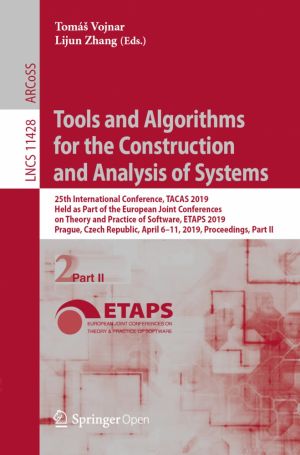
The LNCS 11427 and 11428 proceedings set constitutes the proceedings of the 25th International Conference on Tools and Algorithms for the Construction and Analysis of Systems, TACAS 2019, which took place in Prague, Czech Republic, in April 2019, held as part of the European Joint Conferences on Theory and Practice of Software, ETAPS 2019.
The tot...
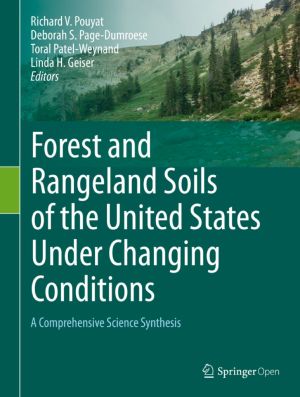
This open book synthesizes leading-edge science and management information about forest and rangeland soils of the United States. It offers ways to better understand changing conditions and their impacts on soils, and explores directions that positively affect the future of forest and rangeland soil health. This book outlines soil processes and ide...
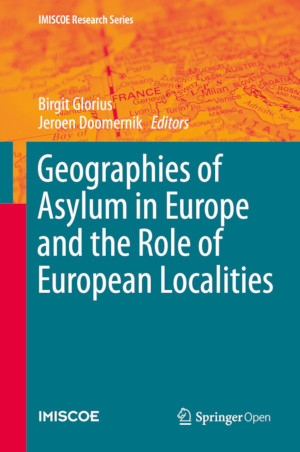
This book describes how the numerous arrivals of asylum seekers since 2015 shaped reception and integration processes in Europe. It addresses the structuration of asylum and reception systems, and spaces and places of reception on European, national, regional and local level. It also analyses perceptions and discourses on asylum and refugees, their...
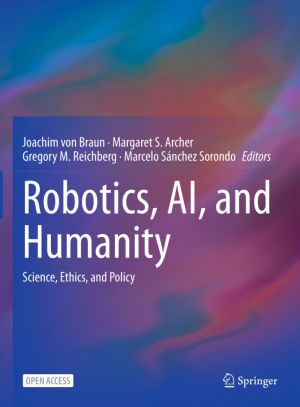
This open book examines recent advances in how artificial intelligence (AI) and robotics have elicited widespread debate over their benefits and drawbacks for humanity. The emergent technologies have for instance implications within medicine and health care, employment, transport, manufacturing, agriculture, and armed conflict. While there has been...
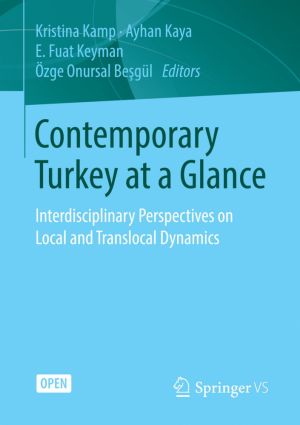
Turkey has witnessed significant social, cultural, and political change over the last decades. This transformation has manifested itself in all segments of society and resulted in the alteration of political ideologies and institutions. The twelve authors of this volume shed light on the complexities of a changing Turkey through an interdisciplinar...
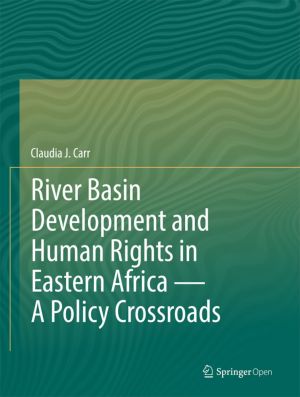
This book offers a devastating look at deeply flawed development processes driven by international finance, African governments and the global consulting industry. It examines major river basin development underway in the semi-arid borderlands of Ethiopia, Kenya and South Sudan and its disastrous human rights consequences for a half-million indigen...

